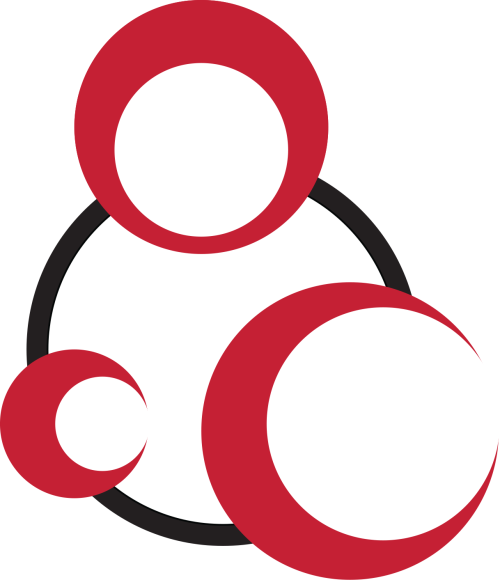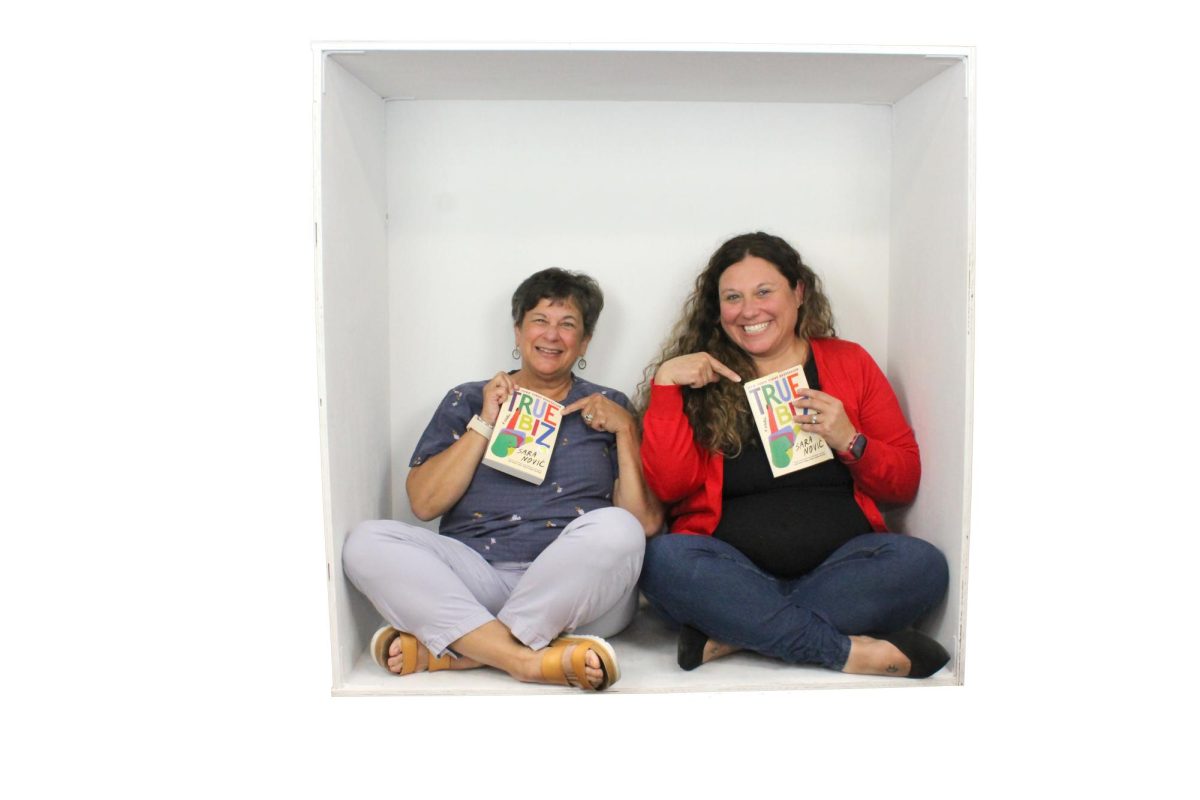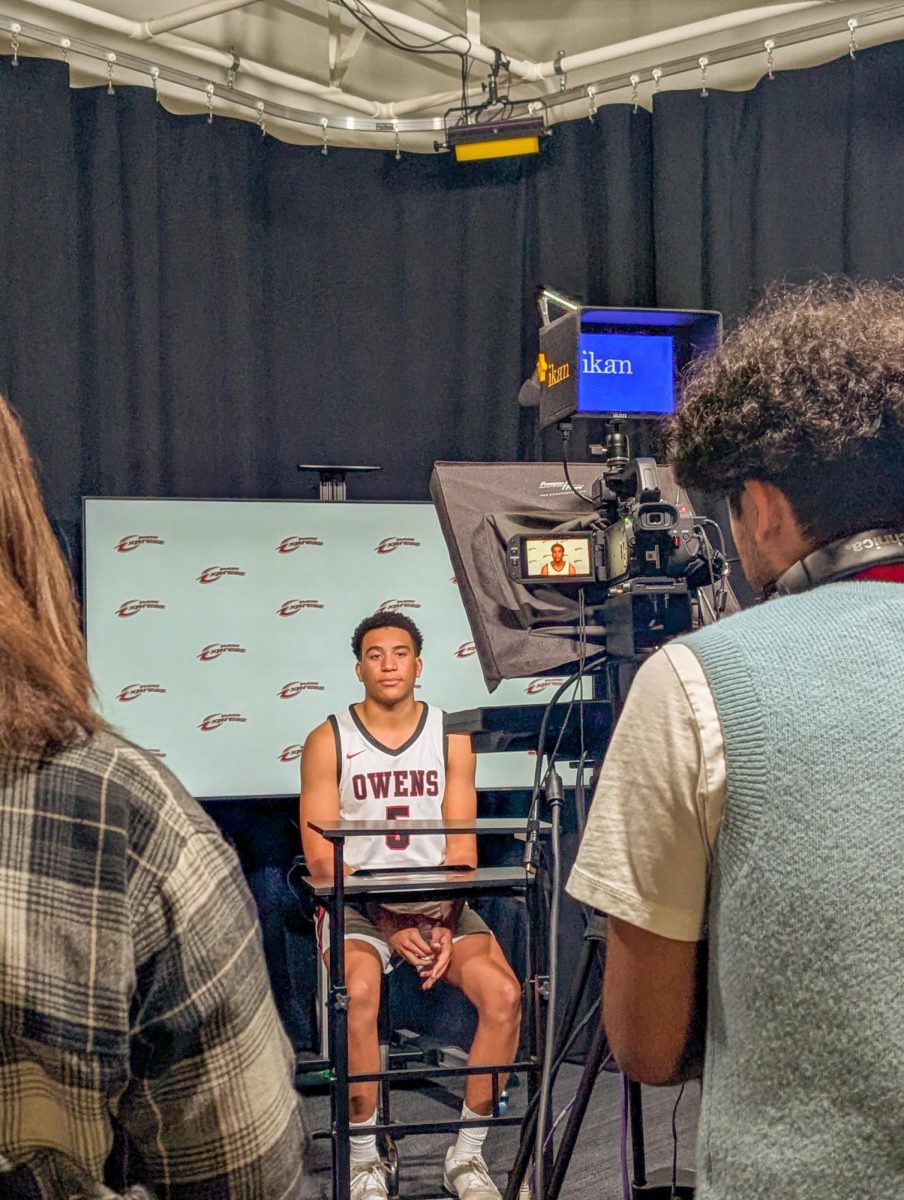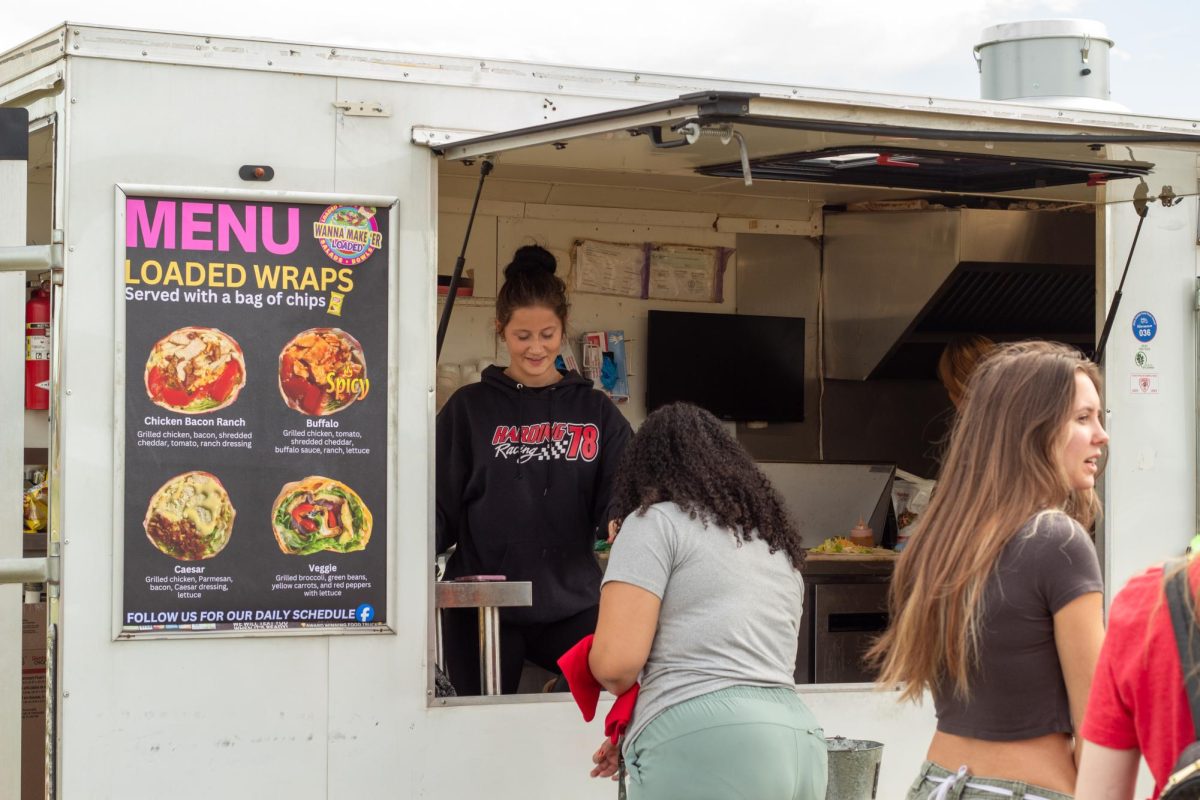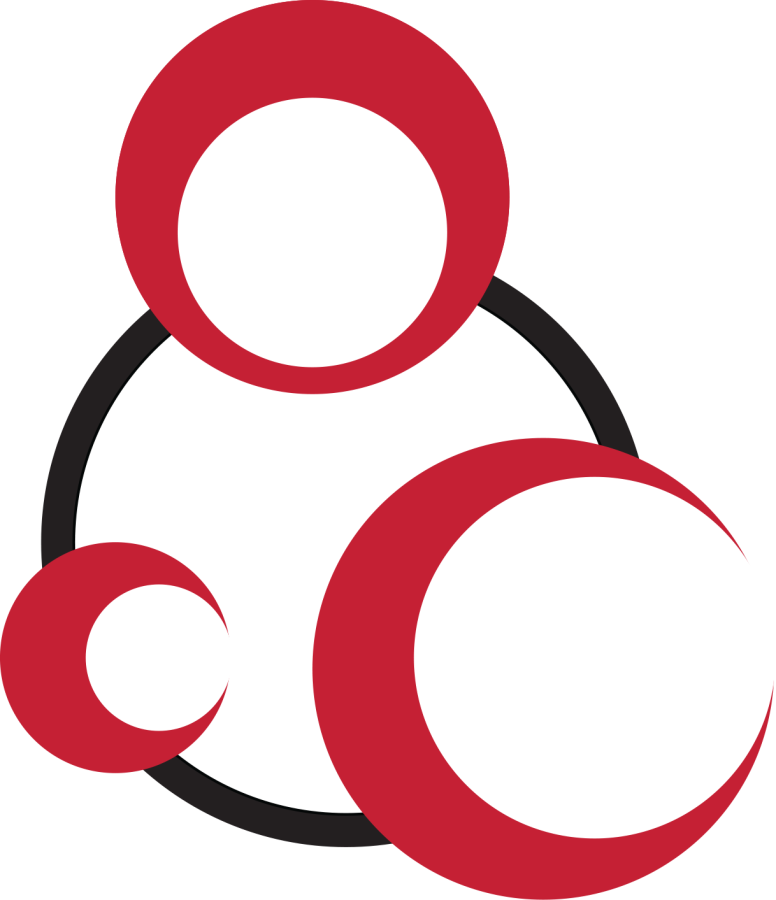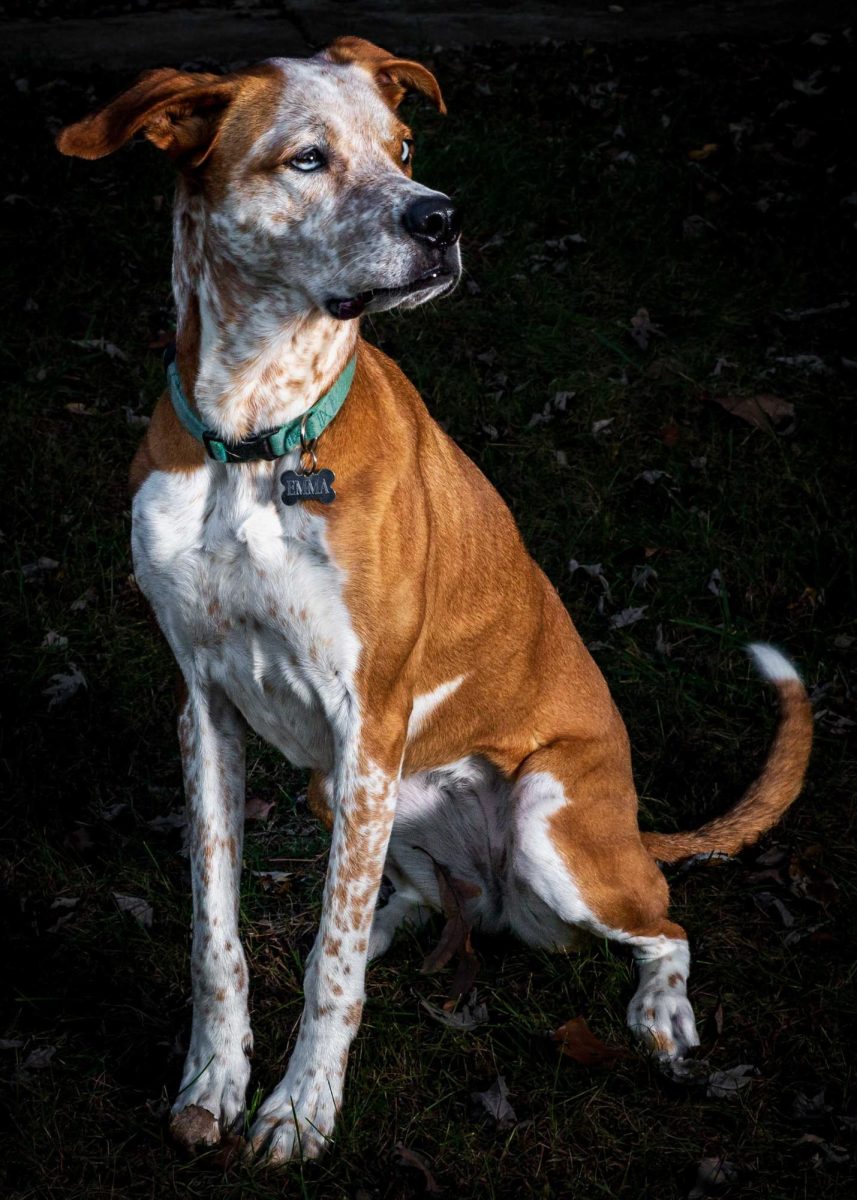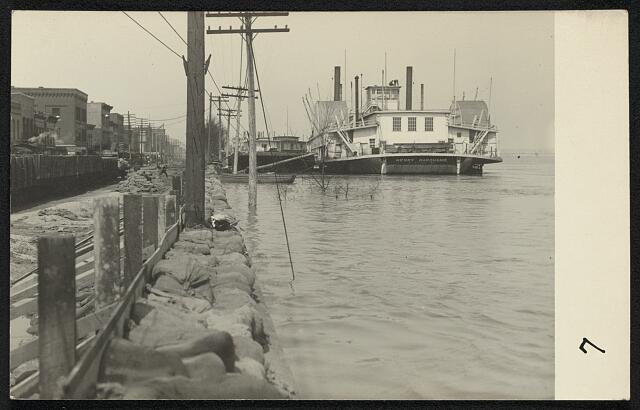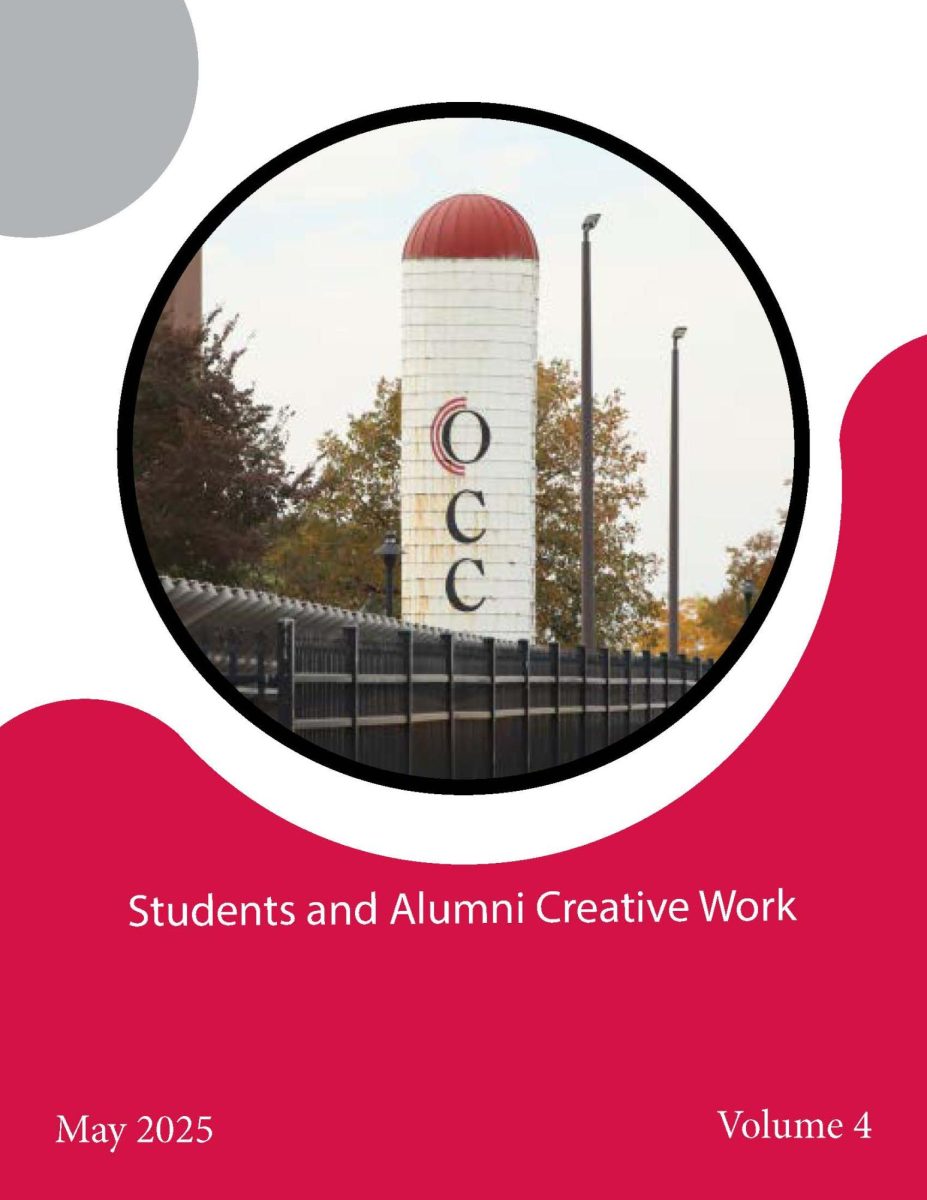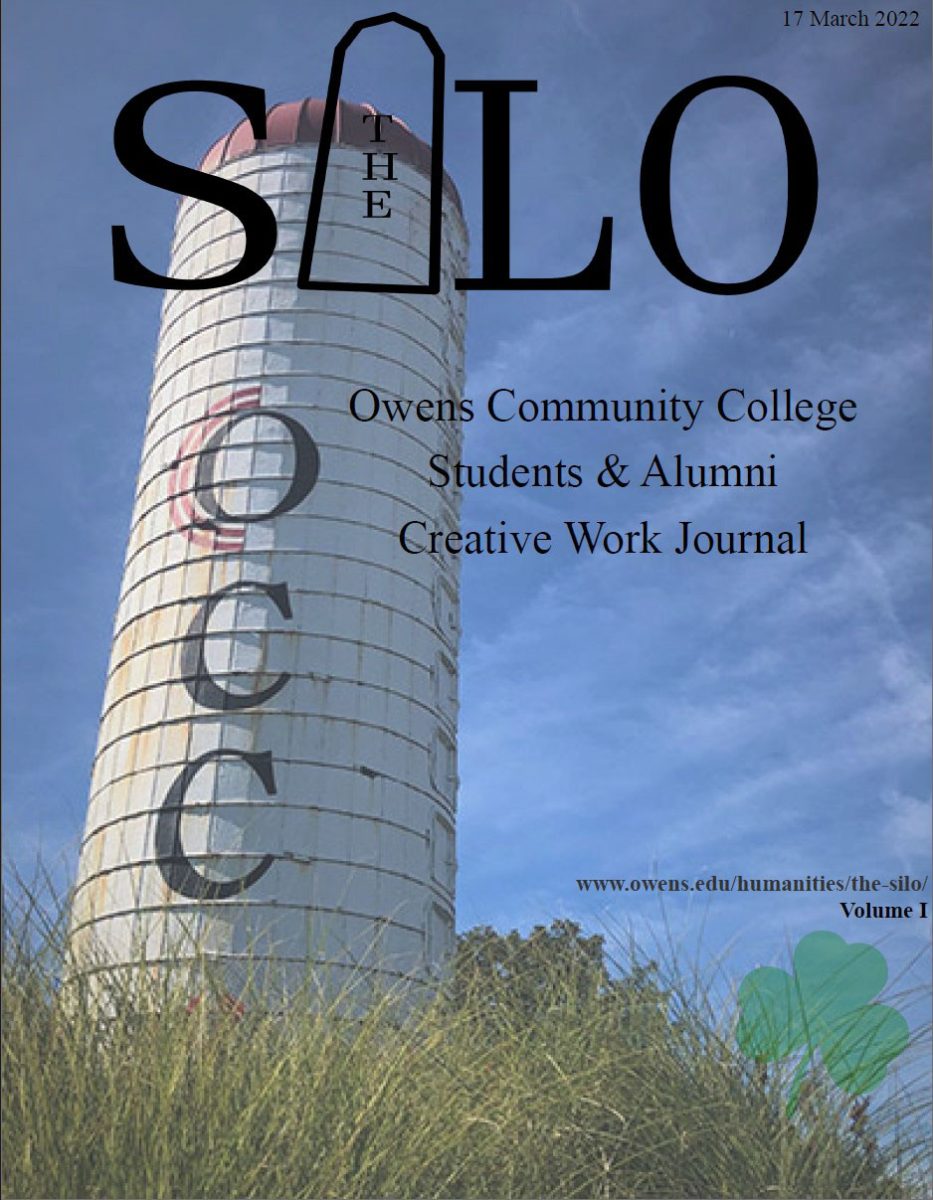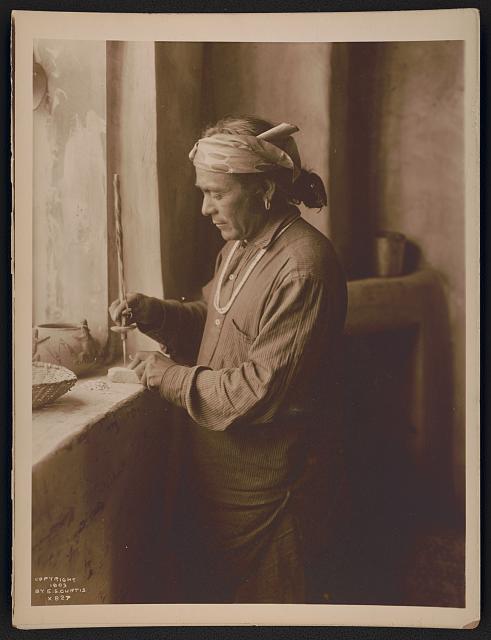Indigenous Americans have a vibrant and storied culture which encompasses much more than their contact with Europeans. In this five-part series, we will explore Indigenous American experiences and cultural issues, so we can better understand the people who are a significant part of our American culture. Our First stop is the heart of every culture: the food.
There are many foods which we associate with different cultures such as spaghetti and lasagna for Italy, soy sauce and sushi for Japan and Asia, Gyros for Greece and the Middle East, and burritos for Mexico and South America are just a few examples. The dinner table is where our families gather, where we share with friends, and a place we discuss important topics.
Native American food culture is an integral part of our modern American food culture, even if we don’t realize it right away. From sweet potatoes to cornbread and turkey to salmon, our culture has been heavily influenced by the indigenous peoples of the Americas.
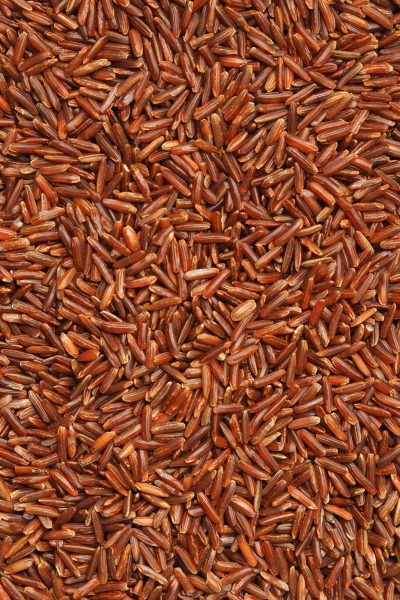
Lois Frank from Unpeeled Journal offers a recipe which includes wild rice and sweet potatoes. As rice is a staple food found in numerous forms around the world, it is relatively easy to get your hands on. With this simple Native American Recipe: Wild Rice + Sweet Potato, you can take your first bite of Indigenous American culture.
Another native dish is Three Sisters Soup is made of corn, squash, and beans. You may have been taught in grade school that these three vegetables have historically been planted together by the Chickasaw peoples. The corn provides a structure for the beans to grow on, and the squash protects the three plants from weeds while keeping the ground moist.
Sue Morgan of The View From Great Island has a recipe for Three Sisters Soup which is perfect for anyone wanting to try a traditional Native American dish. These ingredients are staples easily found at your local grocery store.
Pashofa is another food traditional to the Chickasaw people. It is made of hominy, which is a dried corn that has been treated with lye and cracked with corn pounders. (Think of a mortar and pestle but a bit simpler.) The hominy is mixed with boiling water and pork, which is left to boil for several hours. The dish took a good deal of care and attention as it had to be stirred regularly over the course of a day depending on how many people were being fed. Even the pashofa pots were used to cook the dish took many hours of work with clay and firing. These pots were passed from generation to generation.
The Chickasaw Nation has provided us two ways to make pashofa. The first is more traditional by boiling it in a large pot outdoors, while the second being a more user-friendly method of using a crockpot.
Fry Bread is usually made of salt, wheat flour, and water which is fried in oil. Its somber origin can be dated back to 1864, when the Navajo were forced by the United States government to leave their home in Arizona and march to New Mexico during an event called The Long Walk of the Navajo. The United States army supplied the Navajo with rations, and from those, fry bread was made.
Saundra of All Recipes has an easy to follow recipe for fry bread. Fry bread can be treated like any fried dough by adding honey or sugar to it. If you are feeling hungry for something savory, you could add venison or beef instead.
Indigenous food was our first stop on our journey through discovering Indigenous American culture, and we have only just begun! Please join me next time as we continue on to the next part of our journey: Indigenous American music.
